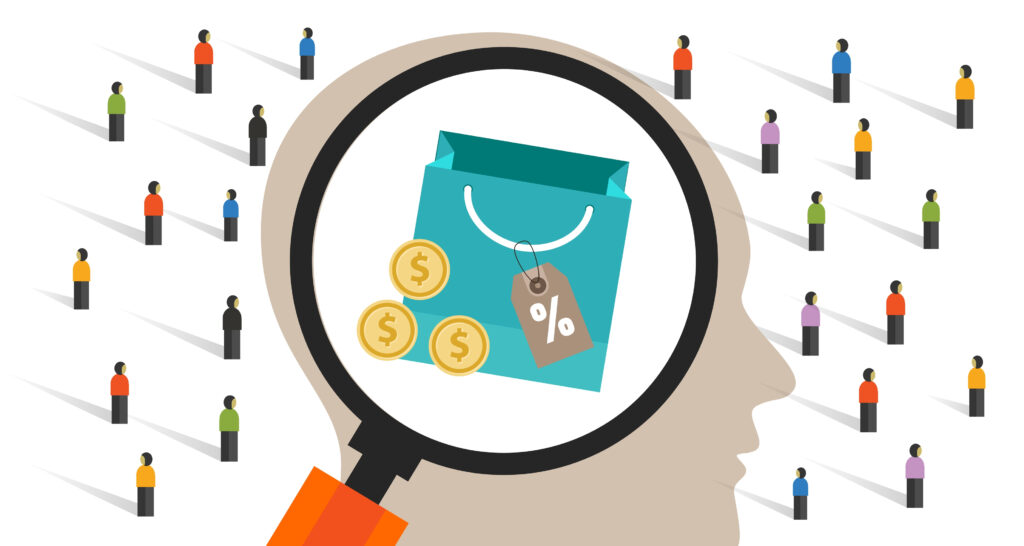LogiCommerce is trusted by global enterprise brands and wholesalers, across industries
ECommerce has revolutionized the way consumers buy and sell products. This transformation has been driven by technological advances, changes in consumer expectations, and global events such as the COVID-19 pandemic. Here, we explore in detail some of the most significant changes in consumer behavior in eCommerce.
Contents
Mobile shopping has become the norm for many consumers. According to a Statista report, it is expected that by the end of 2021, 73% of eCommerce sales will be made through mobile devices. This shift towards mobile shopping is due to several factors, including the improvement of mobile technology, the growing availability of eCommerce apps, and the convenience of being able to shop anywhere and anytime. To meet this demand, companies are investing in improving the user experience on mobile devices, optimizing their websites for mobile, and developing dedicated apps.
Modern consumers expect a personalized shopping experience. They want brands to understand their individual needs and interests and provide them with relevant product recommendations. Brands that can offer this level of personalization are more likely to retain their customers and increase sales. This trend has been facilitated by advances in artificial intelligence and machine learning, which allow companies to collect and analyze large amounts of data to offer personalized shopping experiences.

Sustainability has become a crucial factor for consumers when making purchasing decisions. More and more consumers are paying attention to the environmental impact of their purchases and are looking for products and brands that are environmentally friendly. According to a Nielsen survey, 73% of global consumers say they would definitely or probably change their consumption to reduce their impact on the environment. This has led to an increase in demand for sustainable and ethical products and has driven brands to adopt more sustainable practices.
User reviews and ratings play an increasingly important role in consumers' online purchasing decisions. According to a BrightLocal survey, 91% of consumers trust online reviews as much as personal recommendations. Consumers use these reviews to evaluate the quality and suitability of products before making a purchase. For brands, this means it is crucial to offer high-quality products, provide excellent customer service, and actively manage their online reputation.

Social commerce, which allows consumers to buy products directly through social media platforms, is on the rise. Social media platforms like Instagram, Facebook, and Pinterest are incorporating shopping features into their platforms, allowing consumers to discover and purchase products without leaving the app.
Today's consumers expect fast and free delivery when making online purchases. Amazon has led the way in this aspect with its Prime service, which offers same-day or next-day delivery for many products. As a result, consumers have come to expect similar delivery times from other eCommerce brands.
With the increase in online shopping, there has also been an increase in returns. Consumers often order multiple sizes or colors of a product with the intention of returning the ones they don't want. According to an NPR report, 20% of all online purchases are returned. This has led brands to review and improve their return policies and processes to keep customers satisfied.
Emerging technologies such as augmented reality (AR) and voice assistants are changing the way consumers interact with brands and make their purchases. AR is increasingly being used to allow consumers to visualize products in their own environment before making a purchase. Voice assistants like Amazon's Alexa and Google Assistant are making it easier for consumers to make online purchases through voice commands.
In summary, consumer behavior in eCommerce is constantly evolving. Brands that can adapt to these changes and meet changing consumer expectations will be better positioned to succeed in this dynamic environment.
